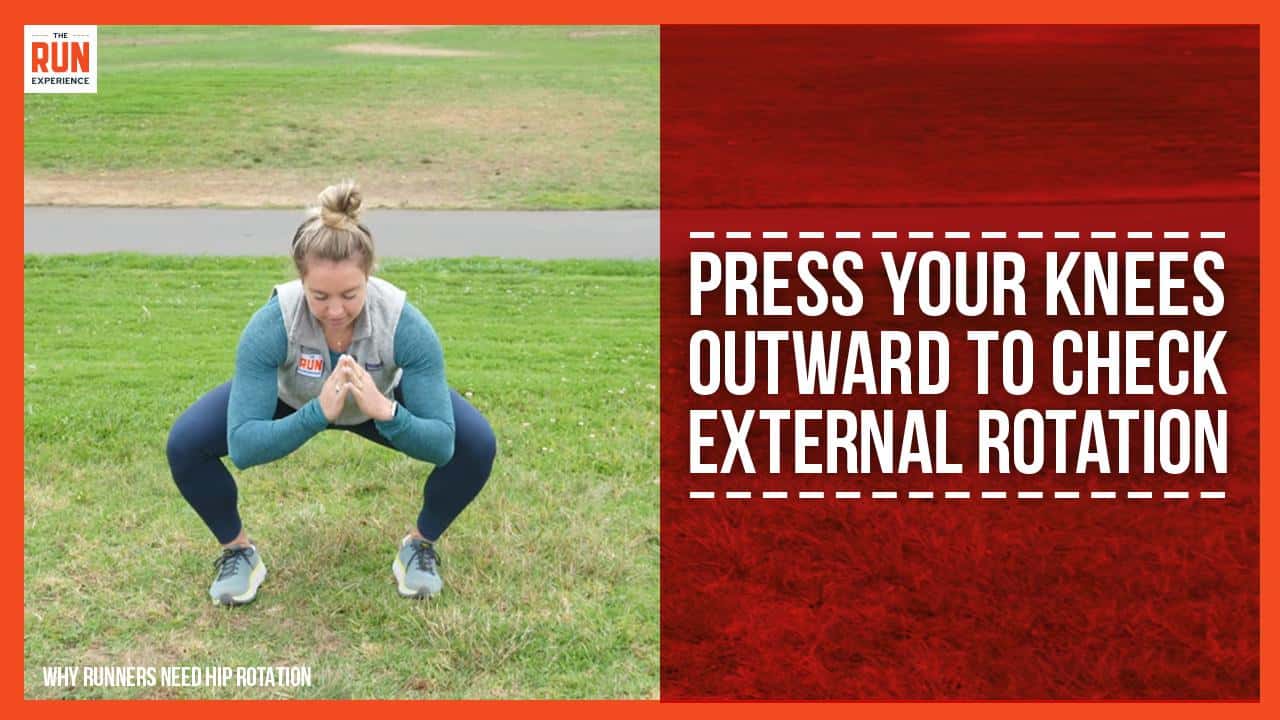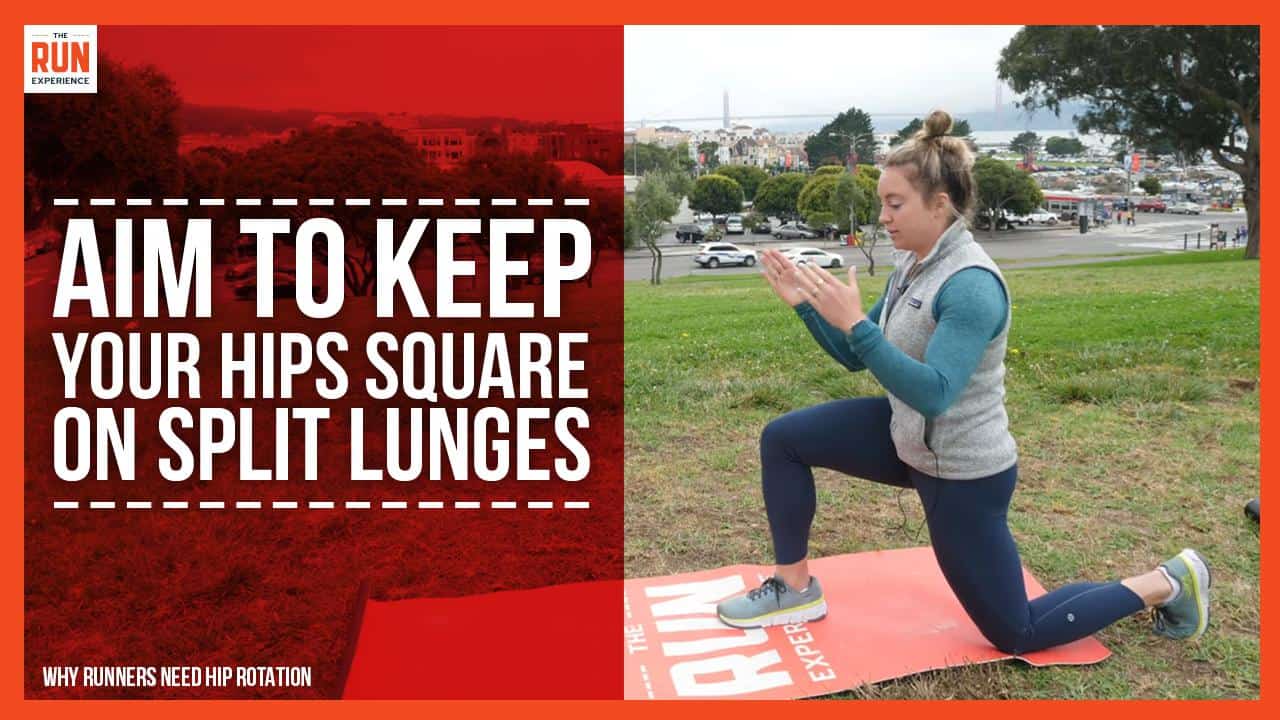This Dr. Axe content is medically reviewed or fact checked to ensure factually accurate information.
With strict editorial sourcing guidelines, we only link to academic research institutions, reputable media sites and, when research is available, medically peer-reviewed studies. Note that the numbers in parentheses (1, 2, etc.) are clickable links to these studies.
The information in our articles is NOT intended to replace a one-on-one relationship with a qualified health care professional and is not intended as medical advice.
This article is based on scientific evidence, written by experts and fact checked by our trained editorial staff. Note that the numbers in parentheses (1, 2, etc.) are clickable links to medically peer-reviewed studies.
Our team includes licensed nutritionists and dietitians, certified health education specialists, as well as certified strength and conditioning specialists, personal trainers and corrective exercise specialists. Our team aims to be not only thorough with its research, but also objective and unbiased.
The information in our articles is NOT intended to replace a one-on-one relationship with a qualified health care professional and is not intended as medical advice.
Internal and External Hip Rotation: Why Runners Need Both
December 14, 2018

It’s well known that proper run form will help prevent running injuries. But what we sometimes fail to realize is that we need to work on proper run form outside of our runs.
And if we do contract a running injury, or if we feel pain somewhere after a run, it’s often the result of tightness or misalignment elsewhere in the body.
In particular, knee, shin, ankle and foot injuries are frequently the result of hip tightness. Your hips’ range of motion has a large impact on your foot position as it strikes the ground, and your knee and shin alignment over your ankle.
If you’re working to treat an injury or to prevent future injuries, testing out your hips’ internal and external rotation is a great starting point.
Testing Out Your External Hip Rotation
We’ll start by testing your external hip rotation. To do this, we’re simply going to be performing an air squat.
Separate your feet a little wider than hips’ distance apart, with your toes pointed straight forward.
As you squat down, try to press your knees laterally outward, aiming to press them outside of your feet.
Be sure that you are going all the way down in your squat as you do this. The hips are in flexion as you squat down, which is an action that works in combination with your external rotation.

If this gives you trouble, don’t worry! We’ve got some hip strengthening exercises for runners to help with your external rotation below.
This is simply a test to gage your body’s natural external rotation.
Testing Out Your Internal Hip Rotation
Next, let’s check out your hips’ internal rotation. For this, we’ll be doing some simple leg swings.
For our internal rotation check, we’re going to work in extension.
To start, stand on one leg and start to swing your other leg forward and back, keeping the range of motion small at first.
From here, just start to notice what your leg and foot does as it swings back. Does it turn out? Or does it stay totally parallel to the ground?

If you notice that your foot is turning outward as your leg swings back, that is your body’s way of compensating for a lack of internal rotation.
Again, if that’s you, don’t worry! We’ve got you covered with some post run stretches to help.
Exercises to Improve External Rotation
To work on both types of rotation, we’ve got one hip strengthening exercise and one stretch.
For external rotation, that strengthening exercise is going to be the same air squat we did to test our range of motion before. Easy enough.
So again, spread your feet a little wider than hips’ distance apart, keep your toes pointed forward and squat down with your knees pressed outward.
If you want more of a challenge, hold a kettlebell to your chest, or add a barbell on your shoulders to increase the difficulty of these squats.
Try 3 sets of 20 squats, adding a set if you’re feeling up to it. The more you practice this exercise, the greater your external rotation will be.
Next, we’ll use a pigeon pose stretch to further work on external rotation.
For this one, sit on the ground with one leg straight behind you, with the knee down. Next, take the front leg and bend it at a 90 degree angle, or any degree less than that to keep your knee comfortable.
Just like you see in the image below, try to keep your hips facing forward here.

Exercises to Improve Internal Rotation
To strengthen our internal rotation, we’re going to work on some split lunges.
To start, take a couple of leg swings. On one of your swings back, kick back into a runner’s lunge, dropping your back knee to the ground if that’s comfortable.
Keeping your hips facing forward, take a couple of lunges raising up and down, tapping that knee on the ground at the bottom each time. Your feet will stay planted in that split stance the whole time.
Here, try 3 sets of 10 split lunges on each side, adding an additional set if you choose.

After that, spend some time at the bottom of the lunge for our internal rotation stretch.
You can just hang out at the bottom of that lunge if that’s a good stretch for you. To deepen it, go ahead and twist towards your front leg, really maximizing that internal rotation.
Be sure to keep your back foot anchored in one spot as you take that twist.
Putting It All Together
Our hip rotation is a sneaky factor that can make or break our running form! To be sure it’s not holding you back, incorporate these stretches and strengthening exercises once or twice a week.
- Check external hip rotation (air squat)
- Check internal hip rotation (leg swings)
- Air squat (optional: with weight)
- Pigeon pose stretch
- Split lunge
Throw them into your running training plan, or at the end of your pre-run warm-up once you’ve gotten your blood flowing!
Holly Martin is a San Francisco-based running coach and personal trainer. With a 20+ year background in dance, Holly brings a strong focus on technique and mobility to all of her coaching. Currently, she coaches online with The Run Experience, an online training community for running training plans and workouts. She trains clients at Midline Training and Nfinite Strength. Check out her blog for more advanced running tips and techniques





